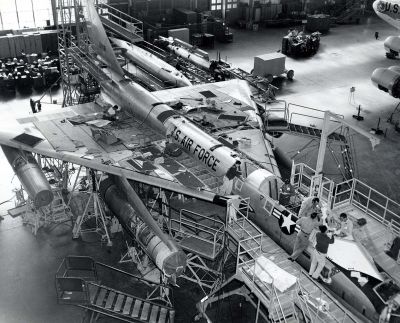The assembly of automotive, aerospace, pharmaceutical and medical industries is intertwined with high labour costs in Europe. An EU-funded project is developing smart technology to reduce costs and enhance the effectiveness of complex assembly systems.
European companies face increased pressures to adapt to shorter product
life cycles and reconfigure more frequently their production systems to
offer new product variants. The EU-funded project 'Plug and produce
intelligent multi agent environment based on standard technology' (
PRIME)
is developing a new multi-agent architecture using plug-and-produce
principles for configuring production systems through innovative
human-machine interaction (HMI) mechanisms.
PRIME is enhancing current assembly systems with standardised process and control solutions and interfaces to allow rapid reconfiguration and deployment. These next-generation assembly systems are based on self-awareness and self-adaptation that are made possible through computerised systems — multi-agents — dynamic knowledge sharing and integrated monitoring. Furthermore, they will be able to proactively support error recovery and operational performance improvement.
The overall system performance will be monitored against production objectives and bottlenecks, enabling optimisation and adaptation of assembly processes. Standardised interfaces are making integration of legacy process system modules easier.
To date, project members have analysed the industrial requirements of plug-and-produce assembly systems and defined the PRIME architecture. Focus has been placed on developing a semantic model that describes the entire system and a multi-agent data model that supports the correct operation of PRIME.
The team has also developed a configuration approach to plug-and-produce assembly systems. Work was geared towards designing and implementing the communication and control infrastructure and testing HMI components. Another task was to enable the PRIME system to proactively select new behaviours and agents to deal with the dynamism introduced by interacting with the real world. To this end, the team is introducing self-awareness, the capacity to self-adapt and the ability to assess its own performance.
Three demonstrators will illustrate how PRIME can find application to real industrial situations. The focus will be on verifying, validating and demonstrating the methods developed, and supporting the refinement of the innovative developments through continued assessment and evaluation.
PRIME's breakthrough system will have a major impact on European companies. It should significantly reduce the installation costs and enhance market responsiveness of assembly lines by reducing the reconfiguration time, cost and effort.

